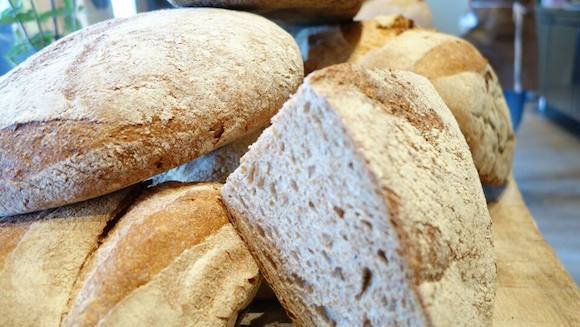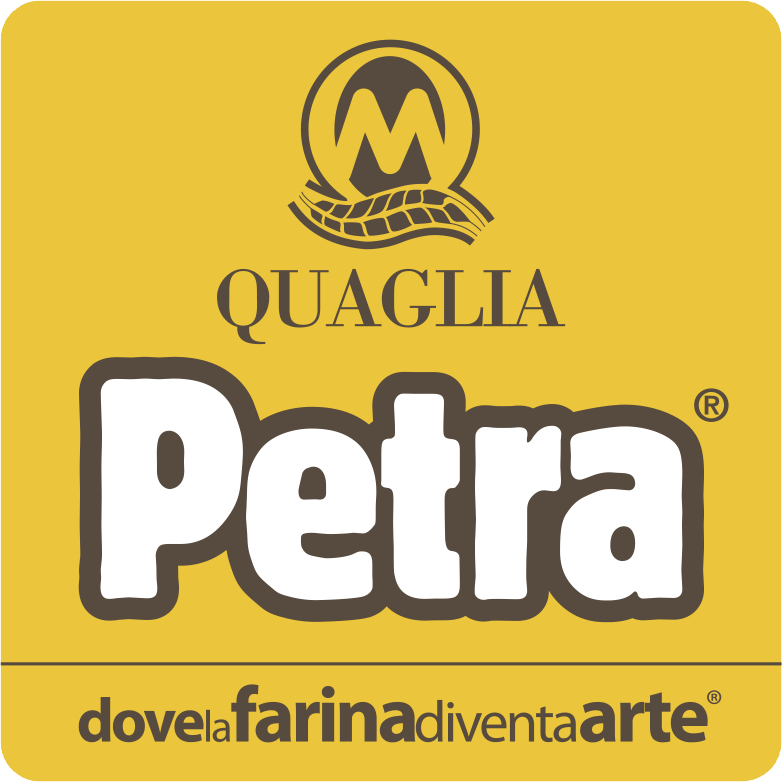
The dark mixtures of wartimes were substituted by the spreading of the increasingly whiter (and more refined) post-war flour.
However, we’ve recently been experiencing a return to warmer shades and darker mixtures with less refined flour and the establishment of different cooking techniques instead of the usual wood oven.
We feel partly responsible for this return to dark mixtures, which started in 2007 at Università della Pizza and Accademia del Pane, the projects created to make pizza chefs and bakers more aware in using Petra flour to give back the flavour of old times’ cooking to baked products using a contemporary nutritional approach.
Yet the goal was not, and is not, that of changing colour. The goal is to make the different choice of ingredients be manifest in the product.
Indeed it is easy to understand that a darker flour also contains the external part of a wheat grain.
And this requires the greatest attention on behalf of the miller in knowing the farmer and choosing the wheat (where was it grown? what treatment did it receive as the spike was growing? How was it preserved and transported?). If the flour is darker we have to be sure that the external parts of the grain have no substances that can harm the consumers.
Therefore, it is once again essential that the process transforming grains into flour is extremely clean.
The return to dark flour is a sign of taste and nutritional completeness and, at the same time, it is a way of stimulating a better knowledge of the wheat’s origins.
Piero Gabrieli
source: http://newsletter.identitagolose.it/email.php?id=518
Leggi il testo integrale nel link FONTE (qui sopra)
BREAD RELIGION
Iscriviti e ricevi le novità nella tua email.






